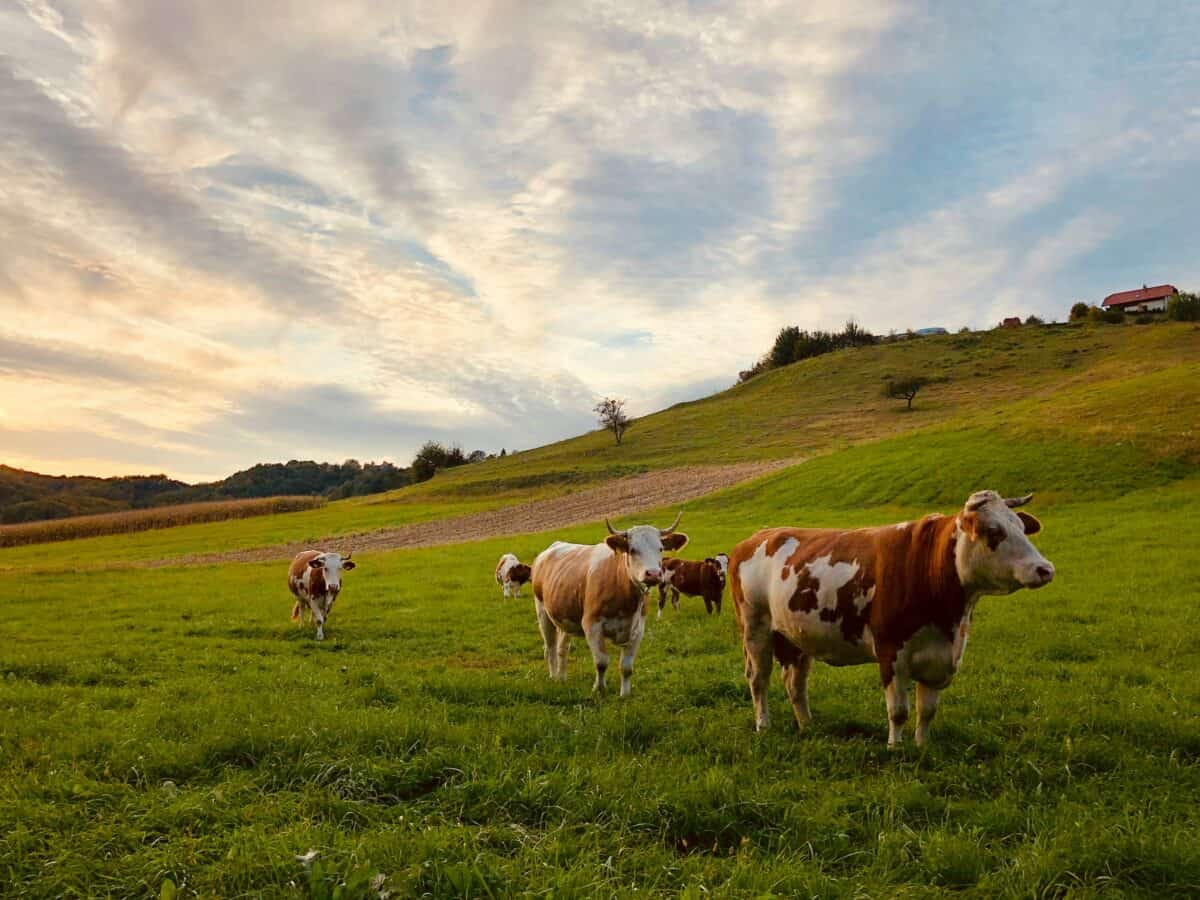The Highland cow, also known as the Highland cattle, is a striking and iconic breed hailing from the rugged landscapes of Scotland. These distinctive creatures are easily recognized by their long horns and shaggy coats, but what truly sets them apart is their tranquil nature and remarkably slow movements. In this article, we delve into the fascinating ways in which the Highland cow’s slow, deliberate actions reflect its calm demeanor and contribute to its survival in the challenging environments it inhabits.
A Glimpse Into the World of Highland Cows

Highland cows are one of the oldest registered breeds of cattle, with a history dating back over 2,000 years. Originating in the Scottish Highlands and the Western Isles, these resilient animals are well-adapted to the harsh and variable climates of their native habitat. Their long, thick coats protect them from the cold, wind, and rain, while their ability to graze on rough terrain allows them to thrive where other cattle might struggle. Despite their formidable presence, Highland cows are renowned for their docile temperament and relaxed approach to life.
The Connection Between Movement and Temperament

The slow movements of the Highland cow are not merely a factor of size or build; they are indicative of a naturally calm disposition. Unlike more excitable breeds, Highland cows tend to react to their surroundings with a composed and unhurried approach. This serene behavior is likely an evolutionary adaptation, allowing them to conserve energy in an environment where food resources were often sparse and conditions unpredictable. By moving slowly, Highland cows can maximize their energy efficiency and maintain a steady metabolism, essential for survival in the Highlands.
Energy Conservation and Efficiency

In the wild landscapes of the Scottish Highlands, where winters can be long and grueling, efficient energy use is crucial for survival. The Highland cow’s slow movements help them to conserve energy over extended periods. By adopting a leisurely pace when walking and grazing, these animals minimize their calorific expenditure, ensuring that they have enough energy reserves to endure the cold months when food is scarce. This behavioral trait is a clear reflection of their adaptation to an environment where efficiency can mean the difference between life and death.
Impact of Tranquility on Herd Dynamics

Highland cows are social animals, often found in herds, where peaceful cohabitation is vital for survival. Their slow and measured movements facilitate a harmonious herd dynamic, reducing the potential for conflicts and stress among members. This tranquility is not just beneficial for individual animals, but for the herd as a whole, promoting stability and cooperative behaviors. A calm herd is more focused on foraging and less likely to be affected by stress-induced health issues, contributing to overall herd success.
Human Interactions and Agricultural Benefits

For farmers and breeders, the Highland cow’s tranquil nature can be a significant advantage. Their calm demeanor makes them easier to manage, even under less-than-ideal conditions. Their slow movements, coupled with their lack of aggression, simplify the processes of herding and handling. Additionally, the breed’s ability to thrive on less productive land means they are an excellent choice for sustainable agriculture, allowing farmers to utilize marginal land that cannot support other types of livestock.
Conclusion

The Highland cow is a remarkable example of how an animal’s behavior can be intricately tied to its environment and survival strategies. Their slow movements are not a sign of lethargy or weakness, but rather a reflection of a sophisticated and efficient approach to life in the harsh climates of the Scottish Highlands. These tranquil giants teach us about the power of resilience and adaptation, embodied in their calm, methodical way of navigating their world.
- 15 Animals That Adapted to Climate Change Surprisingly Fast - August 18, 2025
- The 11 Fastest Animals on Earth and How They Compare to Humans - August 18, 2025
- 14 Oldest Living Animals on Record - August 18, 2025
